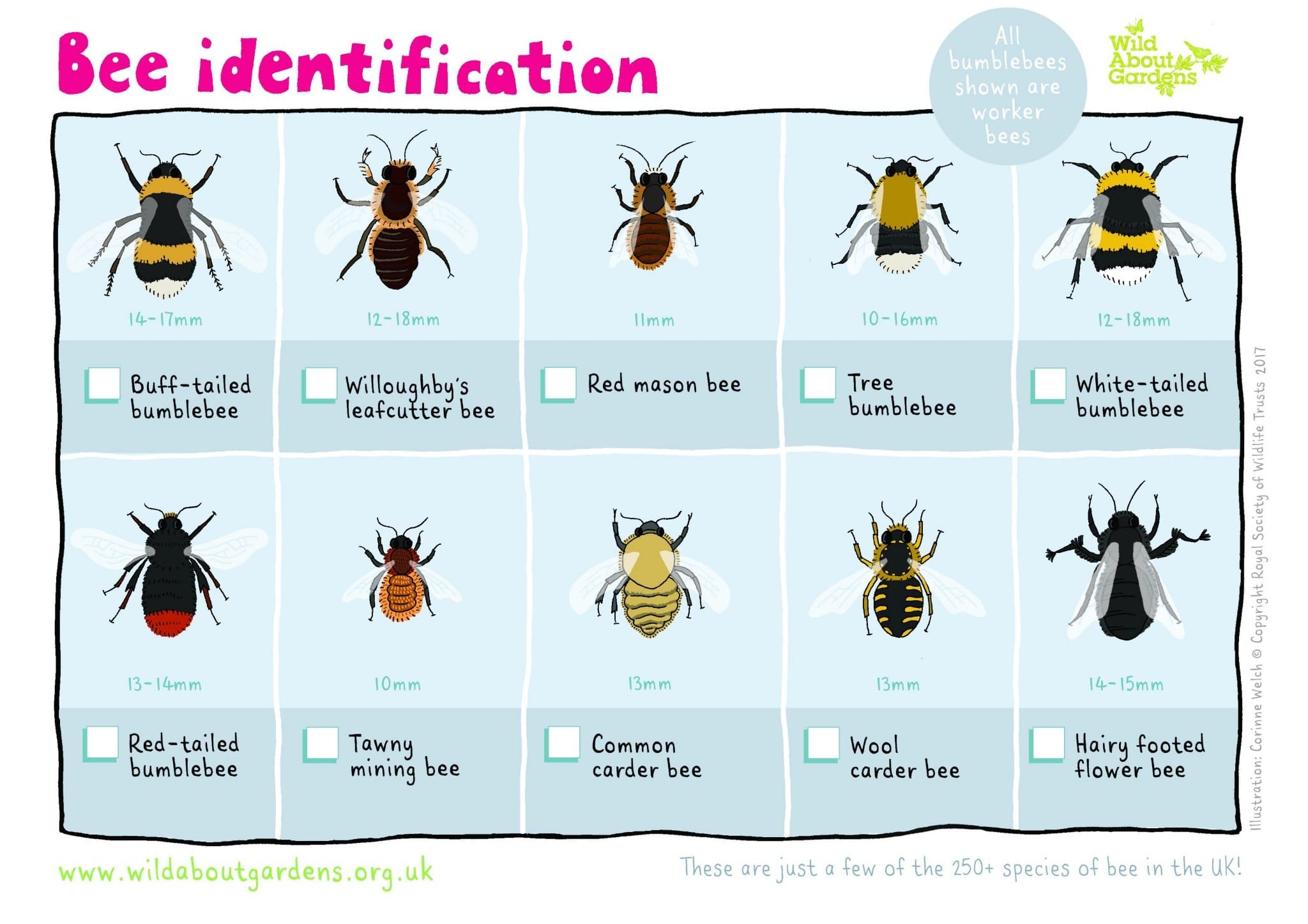Brill environment Group
BEG / BCAG
Brill Environment Group (BEG) and Brill Climate Action Group (BCAG) are separate groups working in tandem, with complementary but distinct objectives. In a nutshell, BEG has an educational and advisory role whilst BCAG’s focus is on Action (the clue is in the name!).
BEG’s remit includes environmental lobbying and activism; our letter to Greg Smith, our local MP is a good example.
Get involved!
BEG’s Chair is Jayne Gibson Harris. Meetings and activities are ad hoc in response to need and other circumstances. Meetings will be advertised here, on our Facebook page, and in the Bernwode News. Email Brill Environment Group to find out more.
BEG Objectives
To raise awareness of Brill's environmental status through education, events and talks using our local resources including Brill Common, and Hartwell’s Barn and Barn Close.
To organise initiatives to improve our environment, encourage wildlife and enhance biodiversity, including the planting of trees, bulbs, and hedging.
To be aware of proposed developments that might affect our environment and voice concerns and take action as appropriate.
To raise funds to cover expenses.
To work closely with groups and organisations that share our ethos and interests including Brill Parish Council, BCAG, Brill Common volunteers, BVCH, The Brill Society, and Brill School.
Hartwell’s Barn, on the edge of Brill Common, has a long association with BEG. The venue for Midsummer Music, in 2021 the Barn also hosted an outdoor Watermill Theatre touring production.
Pollinators in Trouble
One out of every three mouthfuls of our food depends on pollinators. It is almost impossible to over-emphasise the importance of the service pollinators perform for us BUT -
Half of our 27 bumblebee species are in decline
Three of these bumblebee species have already gone extinct
Seven bumblebee species have declined by more than 50% in the last 25 years
Two-thirds of our moths and 71% of our butterflies are in long term decline.
(From BEG Facebook page.)
Seventy Trees for the Jubilee
Brill's Jubilee tree planting has been uploaded to the Queen’s Green Canopy Map. This photo is our QGC virtual plaque; official acknowledgement of our achievement, thanking us for helping to create a greener UK and contributing to a legacy in honour of The Queen's leadership of the nation.
Brill Parish Council would like to thank everyone who worked so hard to bring this about - and who will continue to care for the trees in the years to come.
Most of the trees we planted are one-meter tall “whips” of native Silver Birch, Rowan, Wild Cherry, Hawthorn, Dogwood and Alder. We also received a generous donation of larger trees which were planted to create a green screen between the wall of G S Mechanical and the older children’s play area. Other small trees were planted on the playing fields by the Scouts and Brill School pupils; entirely appropriate since they are of the generation who will live to see the full benefit of this project. A number of larger trees, and some whips were planted on The Walks, with appropriate protection from the sheep.
Fungus Foray in Rushbeds Wood
A damp and blustery Guy Fawkes Day saw a dozen Brillites tip-toeing through Rushbeds Wood, armed with bags and baskets. The foray, led by Joanna Dodsworth, found and identified many species of fungi; the photos (by Joanna and Nicky Misselbrook) show just a small selection. Hover over each image to read the caption.
Joanna recommends the Collins Complete Guide to British Mushrooms & Toadstools, by Paul Sterry and Barry Hughes as an excellent resource for fungi hunters. The book includes a useful introduction to fungi and their lifestyle, plus information on collecting and identification.
From chalk pit to orchid paradise
Aston Clinton Ragpits, on the edge of Wendover Woods, is a remarkable nature reserve - and a rewarding afternoon out for a small group of BEG members in late May 2022.
Ragpits was once an old chalk pit, worked for its coveted chalk freestone - or 'rag' - used for local building. It’s now a Berkshire, Buckinghamshire, Oxfordshire Wildlife Trust (BBOWT) nature reserve, home to eight species of orchid including the greater butterfly-orchid and pyramidal orchid. The chalk environment also favours lots of other wild flowers, such as chalk milkwort, autumn gentian and yellow horseshoe vetch. The orchid display peaks in June - so plan a visit soon!
Spring plants in Brill
Recorded by Mariel Toynbee on her walks along the pavement from The Square down to Manor Farm (about 100m) in April and May 2022
Bluebell, burdock, buttercup, celandine, chickweed, coltsfoot, corydalis lutea, couch grass, cow parsley, daffodil, daisy, dandelion, forget-me-not, foxglove, ground ivy (glechoma), groundsel, ivy, dead nettle (lamium), loosestrife (lythrum), nettle, Oxford greater celandine, periwinkle, poppy, primrose, blackberry (rubus), soapworth (saponaria), sedum, speedwell (Veronica), valerian, violet
To see pictures of these and many other English wildflowers, visit The Wildlife Trusts website.













